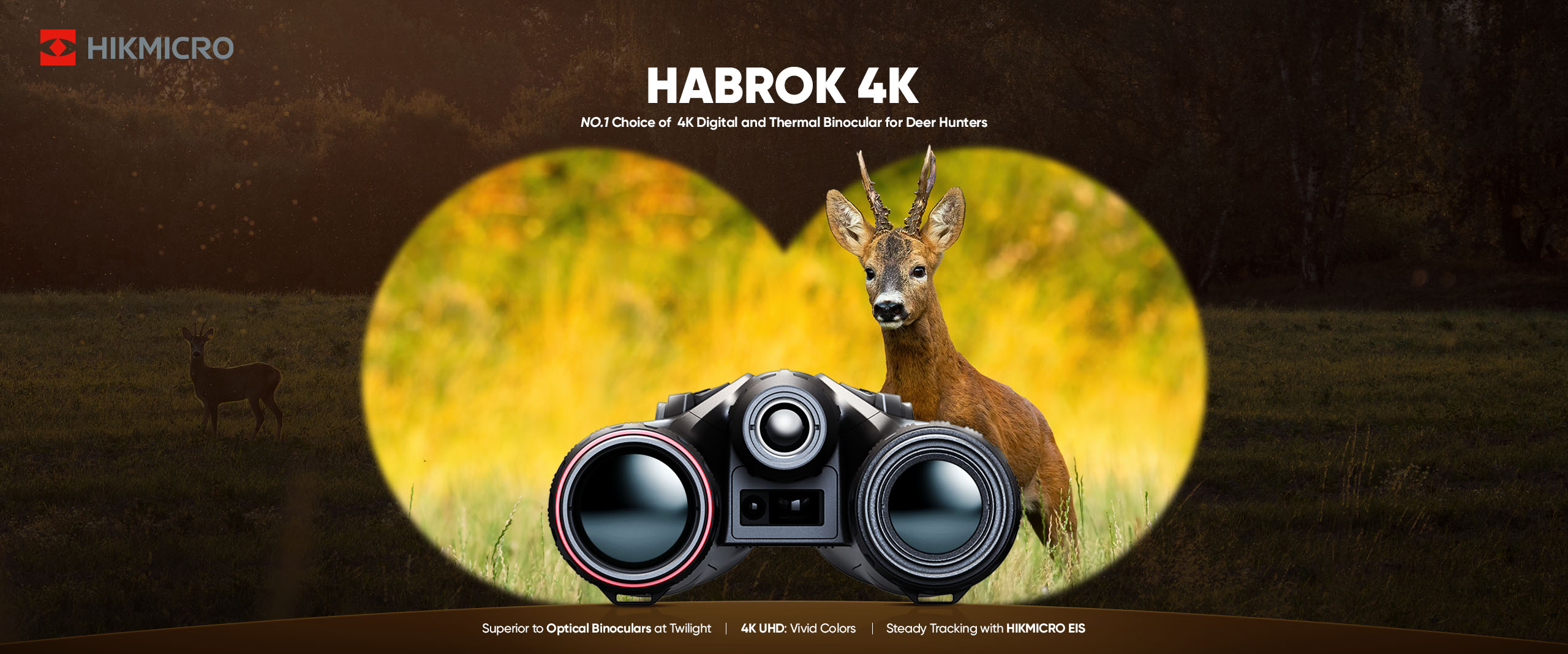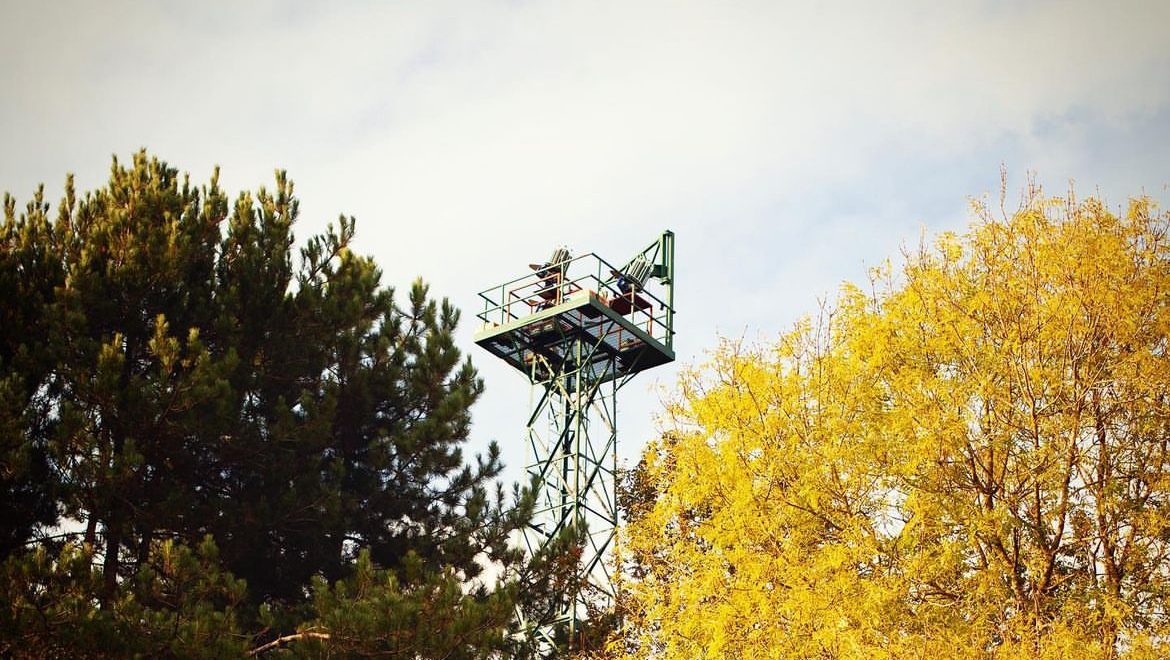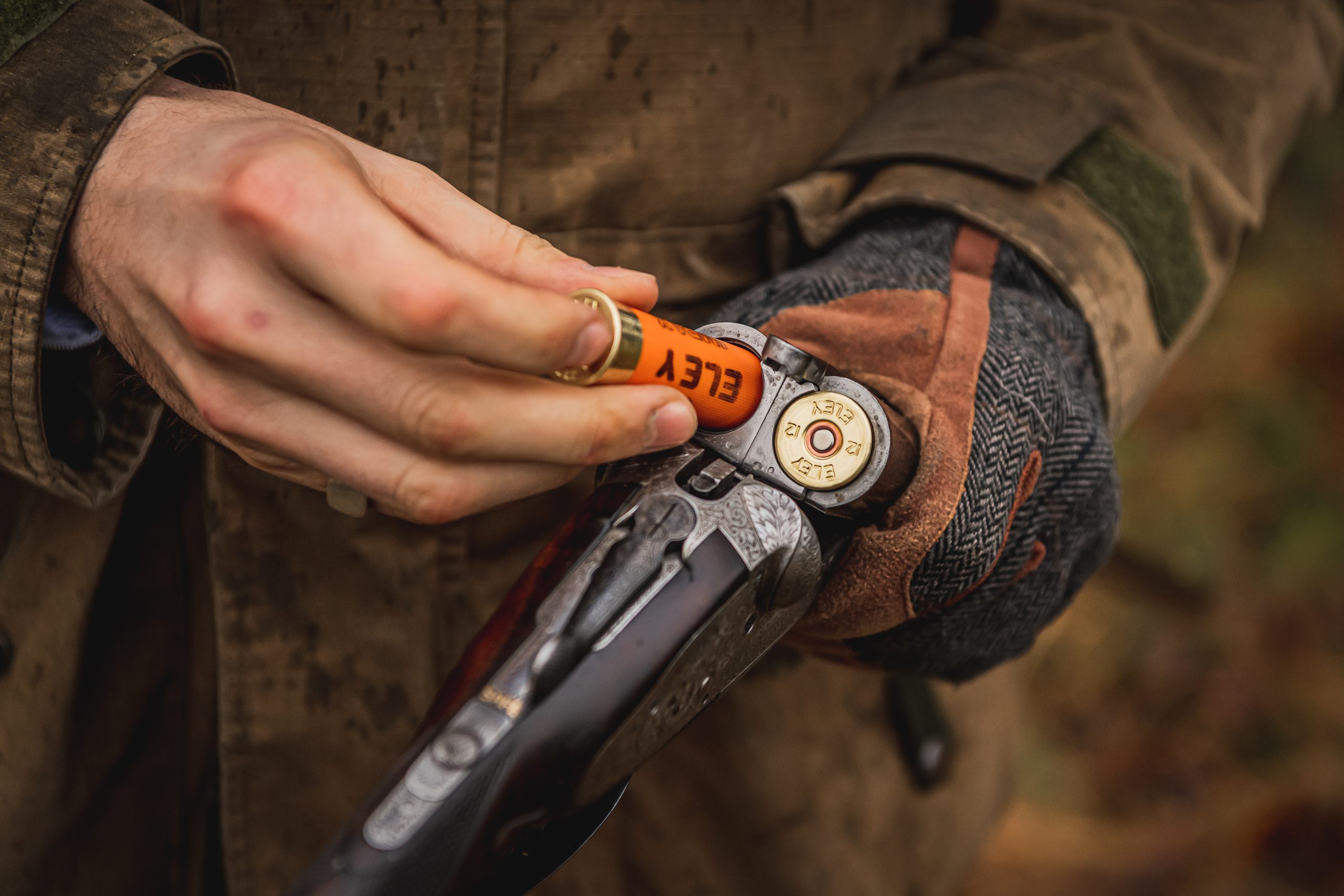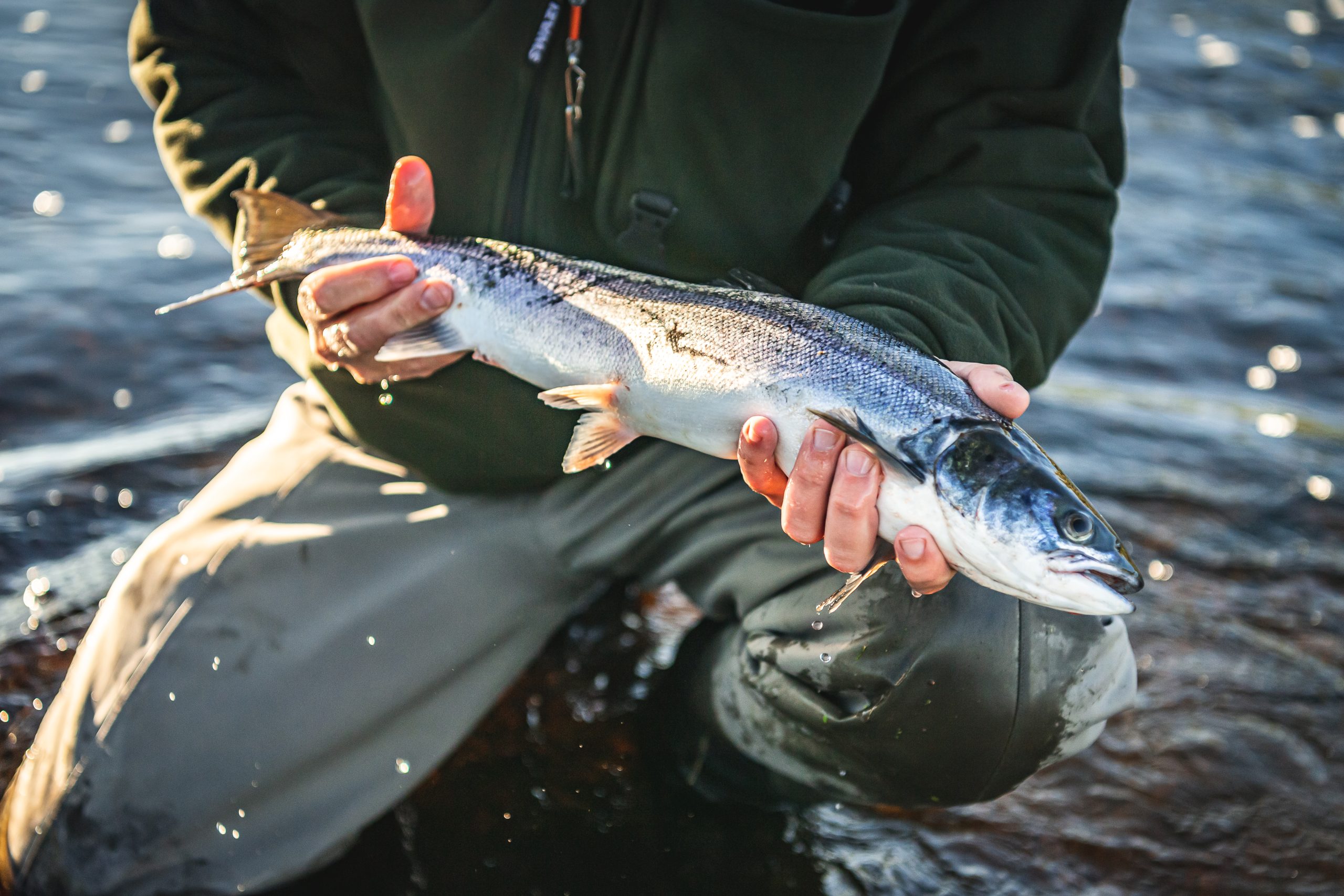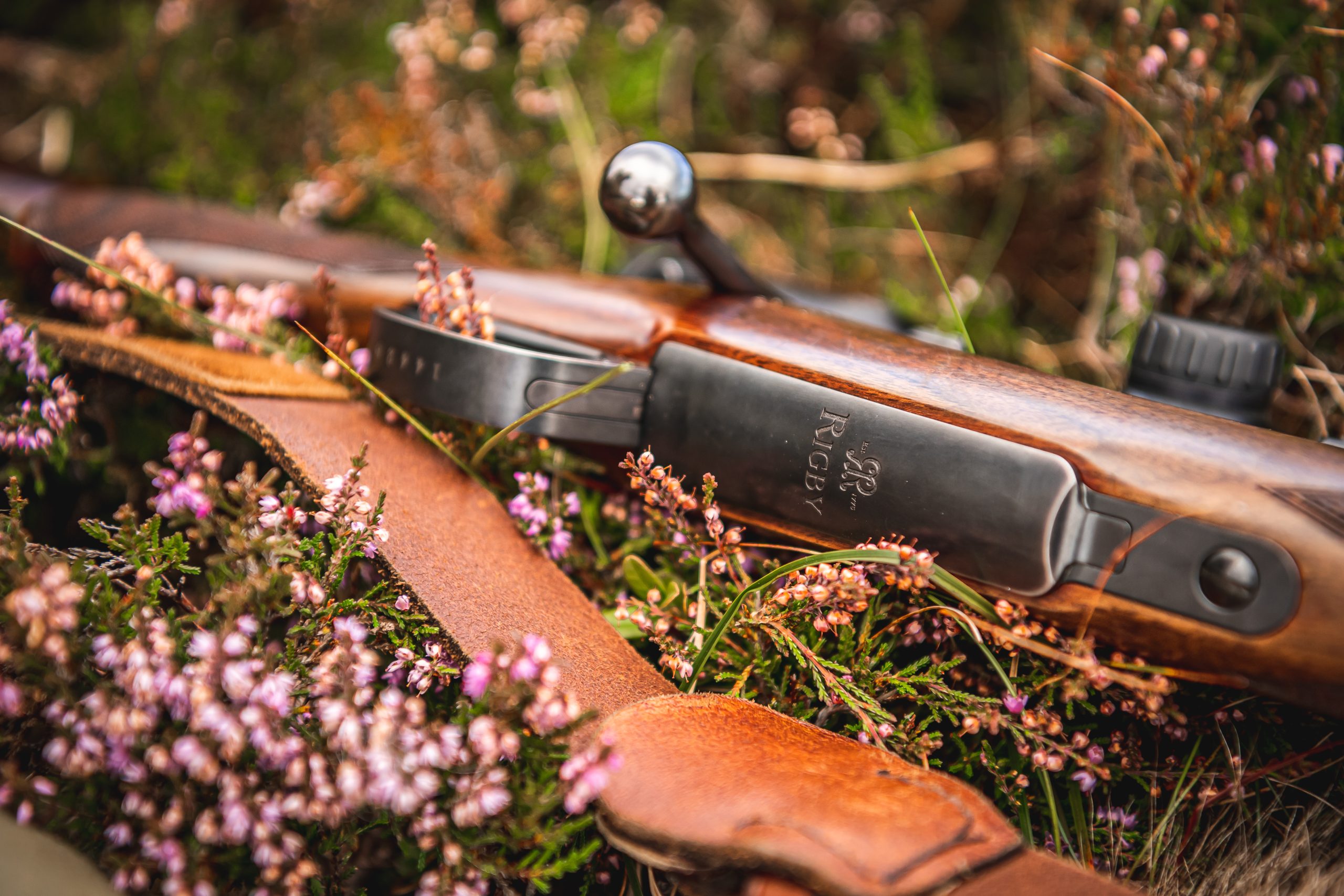Game shooting
On the front foot
St David’s Gamebird Services work with roughly 3,500 shoots across the UK and Ireland. As the gamebird rearing season approaches, we speak to Director Alan Beynon, a qualified veterinary practitioner with over 30 years’ experience.
Would you like to appear on our site? We offer sponsored articles and advertising to put you in front of our readers. Find out more.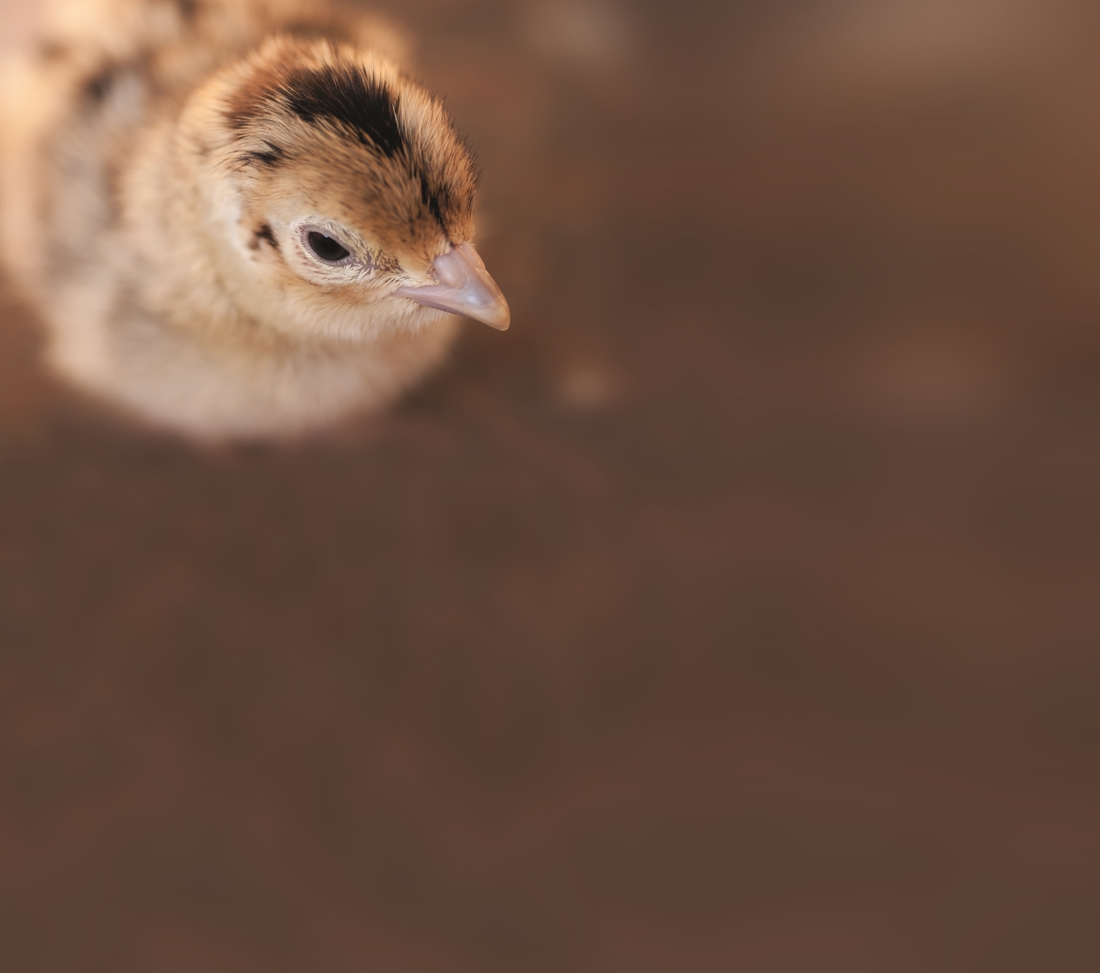
What are the most common diseases? What do they mean?
Worm infestations are quite common – gapeworms in particular. Protozoa infections such as hexamita, coccidiosis and mycoplasma (‘bulgy eye’) are also seen in pheasants and partridges. Of course, we see swollen heads from time to time in grouse, which is also often referred to as ‘bulgy eye’, but this is actually caused by a parasite called cryptosporidiosis.
What are the most commonly made mistakes by those rearing pheasants and partridges?
Overstocking would be one issue – correct stocking densities are important. Cleanliness – general hygiene – is another. Proper cleaning of equipment, drinkers and hoppers etc. is vital, as is ensuring water is clean and bedding is dry. The general environment – temperature, ventilation, lighting – are also important to consider.
At St David’s we have started doing ‘brooding reviews’, whereby we go to a game farm before the chicks come in and discuss all of the key considerations – the lights, the heating system, the feed, the bedding (what type is being used and how much of it). We also run through schedules for cleaning water lines etc. Getting a plan in place before birds arrive helps reduce stress and avoids any delays or unnecessary handling. Keeping things as stress-free for the birds at such an early age is crucial.
Does the strain of a pheasant/partridge influence its susceptibility to disease?
Very much so. We see specific breeds suffer from specific diseases. Where this is the case on a particular shoot, changing the breed or the supplier can get rid of that problem quite quickly. The breeds obviously perform differently on different terrain; there’s no point in putting a big French ringneck on a shoot in Kent, for example, to try and manage a disease, as that’s not going to work. The smaller breeds tend to be more susceptible to disease in general.
Typical percentage losses of birds from chick to release pen through disease?
From day old to release – when the keeper lifts the netting on or leaves the release pen gates open – we try to target a 10 per cent loss. From a chick to a sold bird (6-week-old poult), we target a 5 per cent loss, and then we tend to lose five per cent to predators etc. from that point on.
How important is the siting/location of a rearing field? And how often should this location be changed?
Ideally, rearing fields should be on gently sloping, free draining land – not heavy soil. There’s quite a lot of debate on the best positioning. I personally think rearing fields with a bit of shelter are best. But then it shouldn’t be too enclosed – there needs to be sufficient airflow across the field.
Ensuring equipment is properly cleaned is actually more important than moving to fresh ground every year. A lot of people move dirty equipment from one site to the next, which is a complete waste of time. Because of the build-up of coccidiosis worm eggs, we recommend moving rearing fields to a new location every three years.
Describe the ideal relationship between a keeper and a specialist vet, and explain the benefits of proactive, preventative measures (i.e. a flock health plan etc.), versus being reactive to issues.
People will always have problems. The key is to follow up on any issues and make sure things are changed to minimise the chances of the same thing happening again. At the end of each year, at St David’s we will review everything that has happened on a particular game farm or shoot, and then put together a 10-point plan for the following year. This plan might recommend a more suitable worming programme or different positioning of feeders/drinkers etc. Annual plans form a large part of our work now. Each year we find ourselves doing less ‘reactive’ disease treatment.
Ideal stocking density for pheasants and partridges?
As a rule of thumb, we recommend that a standard 8×8 shed contains no more than 350 – 400 birds.
When buying chicks or poults, what questions should keepers/rearers be asking?
That’s a very pertinent question at the current time. Mycoplasma is what we call ‘vertically transmitted’; the disease comes from the parent birds and it is already in the egg/embryo, when the chick hatches. It is therefore important, before you buy a chick, to exercise due diligence and ask the game farmer or the hatchery where the chicks have come from and whether the parent stock has been tested for mycoplasma or not.
The next stage is looking at how far the game farm is away from you, and the sort of transport they have. If a game farmer is well equipped and the transport is good, distance isn’t too much of an issue. But if the transport isn’t correct, you need to be buying locally and getting chicks into the sheds as quickly as possible. Some game farmers today have very sophisticated lorries and can travel 12 hours or more, quite happily. At the opposite end of the spectrum, I have seen a horsebox being used, which is far from ideal.
The reduction of antibiotic use in gamebirds over the past few years has been well documented. What are people now doing differently to achieve this?
The prophylactic use of antibiotics – where antibiotics are added to the first batch of feed when birds are making the transition from the game farm to the shoot’s rearing field/release pens – has ceased.
Since this precautionary use of anitibiotics has stopped, we haven’t seen any change in bird health in 70 per cent of cases. In the remaining 30 per cent of cases, we’ve actually seen quite a lot of problems, and this has actually highlighted to us that 30 per cent of shoots actually needed it because of bad practice. By visiting these shoots, we can help establish the triggers and the stress factors, and then address them accordingly.
Releasing the birds correctly and quietly is important. So is correct siting of water and food. The first thing birds do upon being released in a release pen is to move towards the outside of the pen. Generally, most keepers feed in the middle of the pen – where it is easiest to drive the quadbike. As a result, most birds will go the first 24 hours without food, which is not a good start. Of course, it is easy to avoid this by spreading feed around the outside of the pen before the birds are delivered. They then start to explore once they’ve had a feed, reducing any stress and the need for the use of any antibiotics. Simple steps can make a huge difference.
Trying to persuade people not to use prophylactic antibiotics has been quite tough on a number of occasions, but if you work out how much money it costs to put the medicines in the feed, and you invest that money into good practice and equipment, you actually get a return on your investment very quickly. Furthermore, giving antibiotics to a bird can damage the healthy bacteria in the gut. If birds are not showing any symptoms or problems, this sort of approach is not only expensive, but it can be damaging to their health, too.
Do you recommend vitamins and electrolytes or plain water?
For young chicks pro-biotics can be of benefit. They are basically good bacteria which colonise the gut in the early stages. As birds grow, water acidifiers, multivitamins and natural products like oregano which can be very effective.
Is there any new research/developments that might have a significant effect on rearing and gamebird husbandry in the future?
One of the things we’re looking at quite closely is housing – developing the ideal brooder shed. Traditionally the game farming sector has used wooden sheds which can create big fluctuations in temperature from the morning to the evening. Well insulated sheds with good airflow give a much better chance of rearing healthy birds.
The problem is, because the rearing season is so short, such infrastructure is quite a big capital investment and return on investment can is more of a long term prospect. Having said that, with sick chicks, disease, expensive vets etc., over a five-year period, even a substantial financial outlay makes sense. It’s about looking at the bigger picture and taking a longer term view.
The main threats/challenges in the next 10 years specific to those rearing gamebirds?
I don’t think there are any particularly big threats. My biggest concern is that as game farms expand, they do not adapt properly to that expansion, and do not plan properly for expansion – it becomes uneconomic. It’s about business planning, which I get involved in, too.
What does your involvement with the BGA entail?
When the BGA approached me to work with them, the idea was very much to establish what is and isn’t acceptable.
The BGA are interested to know what is happening in the sector so they can keep abreast of the various challenges. Then, of course, they are also developing the assurance scheme, whereby shoots have some sort of external audit to ensure they are working to best ‘workable’ standards. It is these standards that I have been involved in developing. Once we have them, we are in a better position to put game into the food chain. It carries some assurance with it. The BGA has formalised a lot of the advice we offer as a practice, in a way that it can be adopted by a greater community of people. I think this gives us more protection from those who criticise the whole shooting industry. It shows we have got standards and that we’re taking measures to be the best that we can be.
Many people might be forgiven for thinking that your job as a gamebird vet is done once the birds are out to wood and no longer in release pens. What other challenges do keepers consult you on throughout the rest of the year?
Yes, our work is year-round. Take mycoplasma as an example – this has kept us busy throughout most of the shooting season. A number of shoots have seen signs of it, don’t really know what to do with it and don’t want to discuss it publicly. We’ve been taking bloods from various shoots and have started to create some mapping systems so can see which geographical locations are infected and which are clean. When it comes to catching up hens for breeding, we can now ensure we are only catching hens from clean areas and as a result there is no mycoplasma being passed on to the chicks.
What we are seeing now is groups of keepers/game farmers from particular areas working together to eradicate any problems, which is massively positive. Gamebird husbandry is much more pro-active nowadays.
Related articles
Game shooting
The Glorious Nineteenth
Rhode Island may not immediately come to mind as a prime destination for a shooting trip, but The Preserve Sporting Club and Resort is changing that perception.
By Time Well Spent
Game shooting
Lunar escape
Likened by some to shooting on the moon, Morocco’s El Koudia is full of adventure, unique experiences and an abundance of terrain that you simply won’t find elsewhere
By Time Well Spent
Get the latest news delivered direct to your door
Subscribe to Fieldsports Journal
Elevate your experience in the field with a subscription to Fieldsports Journal, the premium publication for passionate country sports enthusiasts. This bi-monthly journal delivers unparalleled coverage of game shooting, fishing and big game across the UK and beyond.
Each issue offers a stunning collection of in-depth features, expert opinions and world-class photography, all presented in a timeless yet contemporary design. By subscribing, you’ll gain access to authoritative content from plain-speaking writers who tackle complex subjects with confidence and experience.
Plus, UK subscribers enjoy exclusive benefits including £2 million Public Liability Insurance for recreational and professional use of shotguns, rifles and airguns. Whether you’re a seasoned shooter or an intrigued novice, a Fieldsports Journal subscription is your gateway to enhancing your field sports endeavors and staying connected to the country way of life.


Manage Consent
To provide the best experiences, we use technologies like cookies to store and/or access device information. Consenting to these technologies will allow us to process data such as browsing behavior or unique IDs on this site. Not consenting or withdrawing consent, may adversely affect certain features and functions.
Functional Always active
The technical storage or access is strictly necessary for the legitimate purpose of enabling the use of a specific service explicitly requested by the subscriber or user, or for the sole purpose of carrying out the transmission of a communication over an electronic communications network.
Preferences
The technical storage or access is necessary for the legitimate purpose of storing preferences that are not requested by the subscriber or user.
Statistics
The technical storage or access that is used exclusively for statistical purposes.
The technical storage or access that is used exclusively for anonymous statistical purposes. Without a subpoena, voluntary compliance on the part of your Internet Service Provider, or additional records from a third party, information stored or retrieved for this purpose alone cannot usually be used to identify you.
Marketing
The technical storage or access is required to create user profiles to send advertising, or to track the user on a website or across several websites for similar marketing purposes.

